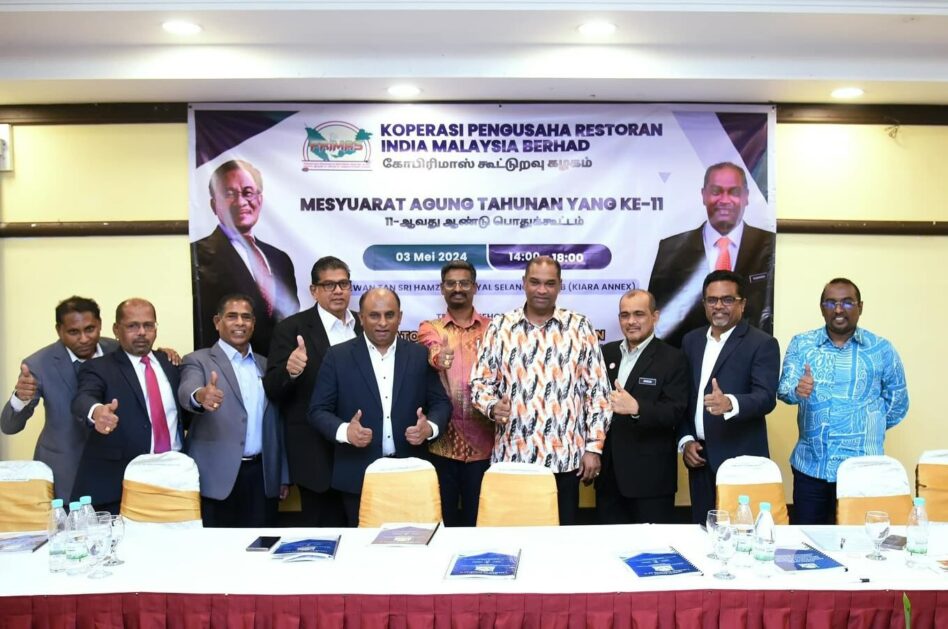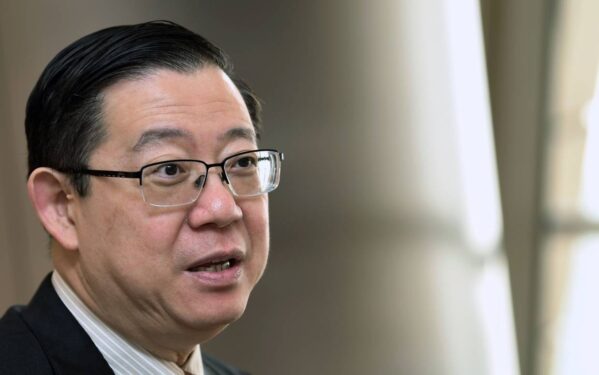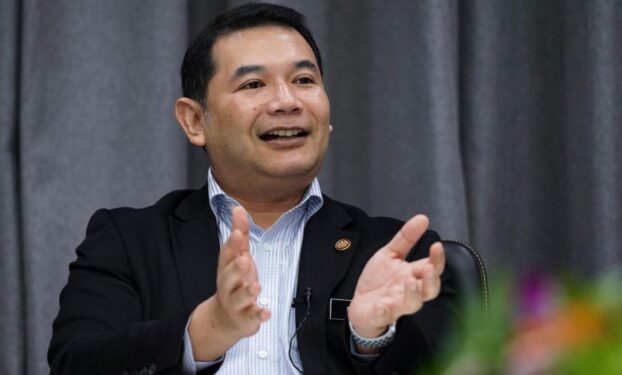By Xavier Kong
WHEN the Movement Control Order (MCO) was in place, it was understandably more difficult for people to enjoy certain favourite dishes and foods, especially if it requires driving any distance outside the 10km radius allowed.
Now, as more green zones are cleared, Malaysians are seeing an easing of the movement restrictions under the Conditional Movement Control Order (CMCO). Still, how many are willing to sit down for a bite even if it is at their favourite eatery?
This comes back to a trend that has seen changes in the scant few months of Malaysia’s first national-level pandemic response — food delivery. This was the answer offered by the government during the MCO for those who, due to various circumstances, were unable to cook while obeying the stay at home order.
Of course, the start of the MCO saw a large number of people ordering through food delivery services like GrabFood and FoodPanda, with channel checks having shown an uptick in the number of orders each rider was fielding. This, according to Grab Malaysia country head Sean Goh, saw the multi-app company enlisting its Grab drivers as food delivery staff.
The move, according to Goh, saw the company’s drivers who drive for ride-hailing services as a primary source of income recruited into the initiative, as a means of allowing them another source of income considering the drastic fall in demand for ride-hailing with the announcement of the MCO.
However, according to a local F&B operator, times are changing for GrabFood and FoodPanda.
“People are adapting due to the MCO. In the beginning, about 80% of customers get their orders delivered to them, with the remainder opting for self-pickup. Over the MCO, these figures have gradually reversed, with about 80% now opting for self-pickup towards the end of Phase 3,” said the F&B operator.
This, of course, was laid at the feet of the commission of at least 30% that was still being charged by the food delivery services on the F&B operators, with delivery fees still being charged to customers.
As the situation was seen as one where the F&B operators are forced to sign up with the platforms or suffer more during the MCO, it led to brewing resentment towards the delivery operators.
“They should not have been taking the 30% at the time, especially since F&B operators cannot increase their prices despite the expensive ingredients,” said the local operator, explaining that supply was an issue during the MCO.
It comes as no surprise that, as vendors talk to their regulars, more and more people started opting for take-away and self-pickup, with one F&B operator sharing that personal communication channels such as WhatsApp come into play, where the consumer texts his order to the vendor, the order is confirmed, and it becomes a drive-through process where contact is minimal with the only close contact coming from the passing of food and payment.
This effectively cuts out the middlemen that are GrabFood and FoodPanda, allowing consumers to support their local food vendors, while the food vendors themselves are able to more fully realise the income without having to pay 30% or 35% of it to a delivery operator.
Food operators and the CMCO extension
May 10, two days before the end of the CMCO period, saw an announcement from Prime Minister Tan Sri Muhyiddin Yassin, that the CMCO was extended for four weeks directly to June 9.
There are also rumblings that, should Malaysians continue to make light of the CMCO, the return of Malaysia to the MCO state is very much possible.
“I would like to remind everyone that the CMCO is not permanent and may be tightened again. This is subject to the public’s compliance with the easing of the MCO they now enjoy. If there are many rule-breakers, it is not impossible that the MCO, such as those from the first to third phase, will be re-introduced and restrict our movement again,” warned Senior Minister (Security Cluster) Datuk Seri Ismail Sabri Yaakob during his daily press conference on May 12.
As it stands, Selangor Menteri Besar Datuk Seri Amirudin Shari has shared a preliminary view of the new conditions for Selangor’s CMCO, with the most notable point being the turnaround on the continued enforcement against dine-in customers.
With the May 12 announcement, Amirudin relaxed Selangor’s stance, allowing people to dine in at all eateries with premises, as long as social distancing is maintained and enforced, with the operation time of 7am to 10pm being maintained. However, tables are not allowed in walkways or parking lots.
Food operators without a premises, such as food truck operators, will be allowed to operate from 8am to 10pm, but are limited to serving drive-through, takeaway, and delivery orders only. An additional caveat is that a rotation of vendors may be put in place, if social distancing is hindered.
With measures such as this in place, along with the CMCO announcement carrying a green light for eateries to allow dine-in customers (depending on their state ruling), what will this mean for food delivery operators?
Grab Malaysia’s Goh noted that the move to reopen the economy has been “long anticipated,” and that Grab’s rides, food, mart and delivery services will be fully operational, “within the approved hours and with full adherence to the procedures defined by the authorities.” — May 13, 2020










